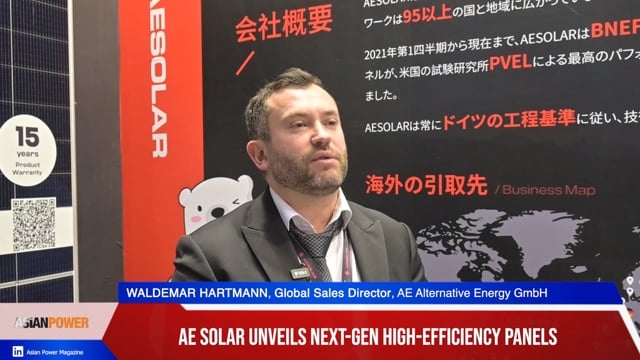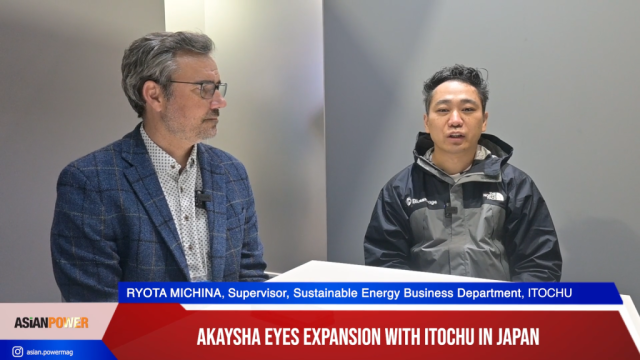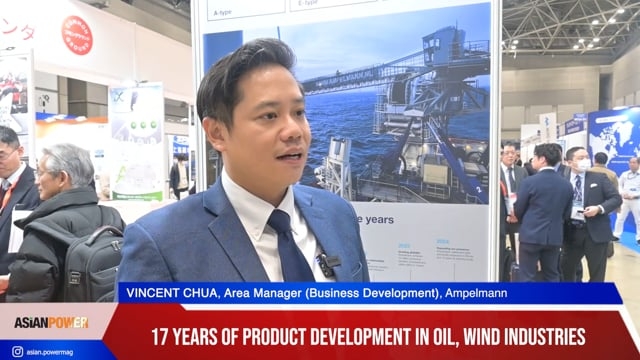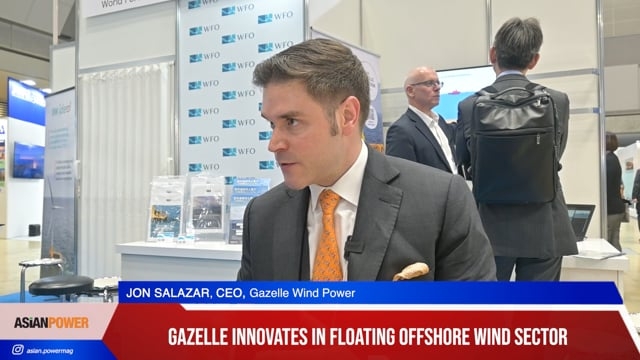Will Singapore's power sector bear the brunt of its carbon tax?
By Gautam JindalEarlier this year, the Singapore government announced that it will impose a tax on greenhouse gas emissions (GHG) from 2019. The tax amount, which is yet to be finalized, will lie in the range of S$10 to S$20 per tonne of carbon dioxide equivalent (CO2e). The imposition of a price on carbon emissions is key to the overall strategy of achieving Singapore’s emission reduction target under the Paris Agreement on climate change.
Singapore ratified the Paris Agreement in September 2016 and committed itself to the reduction of its GHG emissions intensity; measured on a per dollar GDP basis, by 36 per cent as compared to 2005 levels by 2030. This is on top of the pledge Singapore made at the Cancun climate conference in 2010, whereby it committed itself to reduce its emissions by 16 per cent as compared to a business as usual scenario by 2020.
For most countries that have committed to ambitious emissions reduction targets, power generation is generally the largest source of their emissions, and a key sector targeted for initial action. For example, the US’ Paris pledge is largely dependent on its “Clean Power Plan” which establishes targets at state level for emissions from power generation. Similarly, China’s 2030 target relies on substantially reducing its coal consumption along with increasing the share of natural gas and non-fossil sources in its primary energy supply.
Singapore on the other hand, faces a unique conundrum. It already generates over 95 per cent of its electricity from natural gas powered F-class combined cycle generators. The remaining share comes from “must run” waste incineration plants, embedded co-generation plants, and peaking generators. Additionally, as an alternate energy disadvantaged nation, Singapore’s only option for renewable energy is solar power, which is unfortunately limited by space constraints and concerns over its intermittent output.
As a result, Singapore must achieve the bulk of its reductions in emissions through the improving of its energy efficiency in the industry sector and to some extent, from the building and transport sectors. However, despite mandating businesses to develop energy efficiency improvement plans and offering financial incentives for the implementation of energy efficiency projects, overall efficiency levels improved by only 0.6 per cent in 2015.
Thus, the need of the hour is to expose the environmental costs of GHG emissions to consumers, so that this cost can be factored in to their energy usage and investment decisions. This will make the business case for investing in energy efficient equipment and reducing energy usage, a more attractive one.
The government has indicated that it intends to apply the carbon tax to businesses that emit more than 25,000 tonnes CO2e annually, which would encompass approximately 30 to 40 large emitters, some of which include power generators, refineries, and other manufacturing units such as chemicals, pharmaceuticals, and semiconductors.
Which brings us to the question – will Singapore’s power sector bear the brunt of the carbon tax despite having invested in best of class turbines, that run on the cleanest fossil fuel available, without costing the government a dime in fuel subsidies?
Singapore operates a competitive wholesale electricity market whereby generators are expected to offer generation capacity at their short run marginal costs (SRMC). In the current electricity supply & demand situation, the marginal plant is usually a natural gas combined cycle generator, and thus determines the market clearing price.
Theoretically, the SRMC of a generator includes all the costs that a generator would incur for generating an additional unit of electricity, e.g. 1 MWh. This would include the cost of additional natural gas fuel, and the cost of additional GHG emissions which result from burning the fuel. Consequently, generators are expected to include the carbon tax cost while bidding in the market, and this should pass the cost on to the wholesale market buyers, i.e. electricity retailers and other direct participants.
Furthermore, the recently released public consultation paper on the carbon tax, mentions that the carbon tax will lead to a 2.1 – 4.3 per cent increase in electricity prices for households. Similarly, for businesses, costs are expected increase by an amount similar to a 6.4 – 12.7 per cent increase in oil prices. This indicates that the intention with regards to the carbon tax is for the costs be fully borne by the end user, thus having no impact on the generators’ revenues.
However, there are concerns. Given the current generation overcapacity which has already resulted in an intense price war and lowered the wholesale market prices drastically, generators might be tempted to absorb the carbon tax cost as well to ensure that they are dispatched.
These concerns are further compounded by the fact that in the past four years, 14 new retailers have come up in the market; and they are expected to compete aggressively with the incumbents for a slice of the market when it becomes fully contestable next year. Most retailers offer plans that guarantee a discount over the regulated tariff; thus one cannot ignore the possibility that when the regulated tariff is updated to reflect the carbon cost, retailers may increase their discounts in tandem.
In either case, not passing the cost of the carbon tax to the end user will further exacerbate the situation for a sector that is already struggling to make a profit, and will also impact the effectiveness of the tax in its achieving its intended objective.
Disclaimer: The views and opinions expressed herein are those of the author and do not represent the views and opinions of the National University of Singapore or any of its subsidiaries or affiliates.
























 Advertise
Advertise







